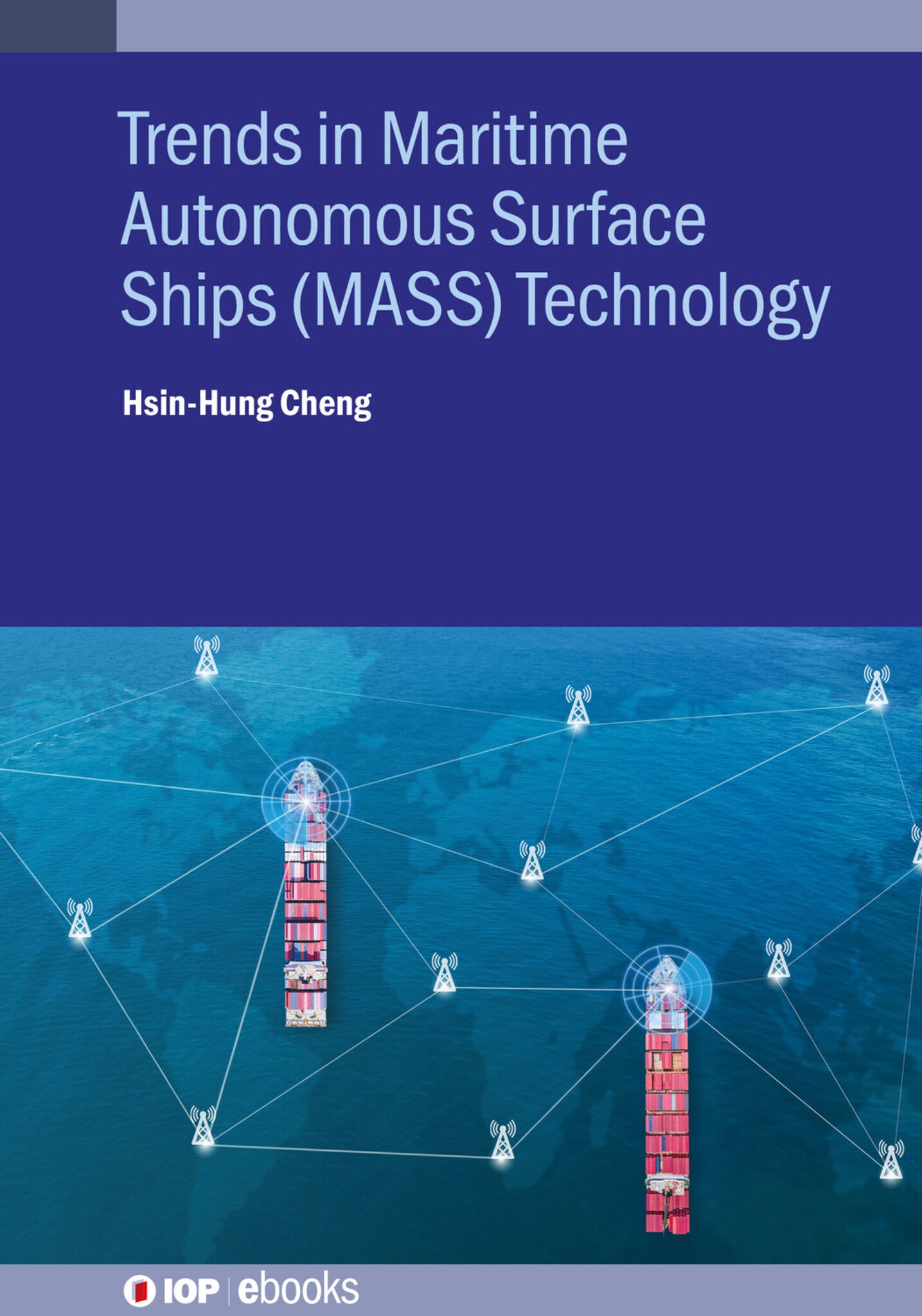We're sorry. An error has occurred
Please cancel or retry.
Trends in Maritime Autonomous Surface Ships (MASS) Technology

Some error occured while loading the Quick View. Please close the Quick View and try reloading the page.
Couldn't load pickup availability
- Format:
-
12 October 2023

Autonomous ships, like autonomous cars, can guide themselves without human conduction. AI and the future of computers taking over the art of driving is now our reality. The autonomous ship is a vessel that can operate fully on its own, without a crew, and is equipped with software to manage its movements. The interest in this field is growing rapidly with conferences dedicated to this specific technology. Forbes has stated that autonomous ships increase efficiency, improve safety, and relieve humans from unsafe and repetitive tasks.
Key Features:
- A sound understanding of AI technology in autonomous ships: its history, development and potential.
- Overviews of the basic knowledge in autonomous ships for related students, scientists and general public.
- The ability to identify the changes of various aspects due to autonomous ships.
- Realize the implications and possibilities of autonomous technology application in Marine industry.

TECHNOLOGY & ENGINEERING / Automation, Electronics and communications engineering

Preface
Author biography
1 Introduction
1.1 The history of ships
1.2 Review of the development of ships
1.2.1 Raft ships
1.2.2 Sailing ships
1.2.3 Steamships
1.2.4 Internal combustion engine (ICE) ship
1.3 Future trends
References 1-7
2 Background of artificial intelligence (AI)
2.1 Review of AI
2.2 The fundamentals and implication areas of AI
2.3 The change of maritime in AI
2.4 Future trends
References
3 Evolution of maritime autonomous surface ships
3.1 Definitions of MASS
3.2 The development of autonomy in the world
3.3 Change of MASS systems
3.4 Elements of autonomous technologies
3.5 Technical and operational constraints 3.5.1 LiDAR
3.5.2 GPS/IMU
3.5.3 Computer vision-aided systems
3.6 Future trends
References
4 Impact, development and potential for MASS
4.1 Crew careers status
4.2 Maritime industry shocks
4.2.1 The ship’s characteristics design
4.2.2 System equipment
4.2.3 Construction and assembly
4.2.4 Ship’s verification
4.3 The influence of port transportation
4.3.1 Wireless call
4.3.2 The pilot service
4.3.3 The work of the tugboat
4.3.4 The mooring and unmooring works
4.3.5 The cargo handling
4.4 Safety and security in MASS
4.4.1 Sensing equipment safety
4.4.2 Driving system safety
4.4.3 Control loop safety
4.4.4 Internet of Vessels safety
4.5 Legal implications of MASS
4.6 The post-COVID-19 pandemic era
4.7 Future trends
References
5 Concerns and challenges
5.1 Technological environment
5.2 Social responsibility
References
6 Conclusion and future trends



